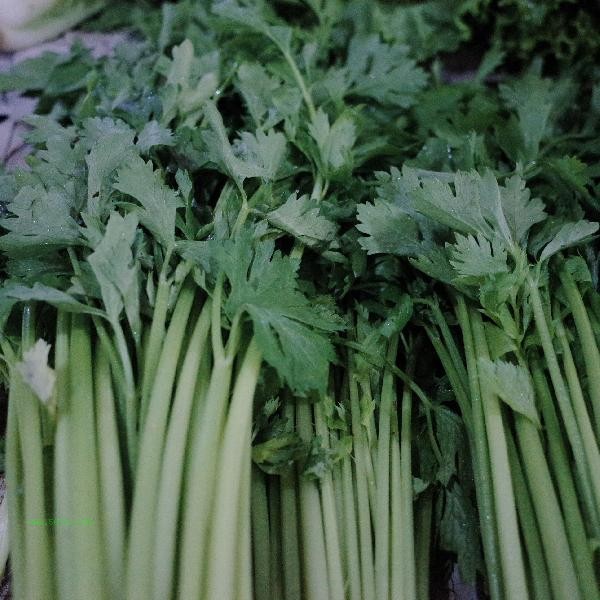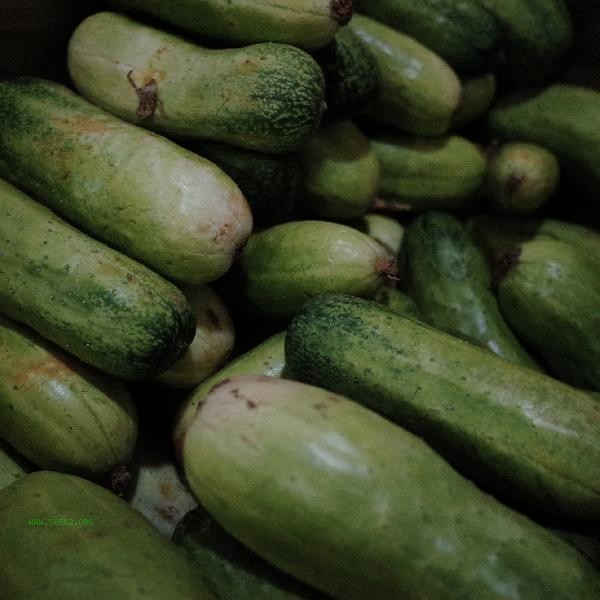The weight loss vegetables with strong satiety mainly include broccoli, spinach, konjac, celery, and eggplant. These vegetables are rich in dietary fiber and water, which can delay gastric emptying time, and the calorie intake is generally below 30 kcal/100g.

1. Broccoli:
contains only 34 calories per 100 grams, with a dietary fiber content of 2.6 grams. Its unique glucosinolate component can stimulate the transmission of satiety nerve signals. The dense structure unique to cruciferous vegetables requires sufficient chewing to enhance satiety by prolonging eating time. Suggest choosing steaming method to preserve nutrients. Spinach: A green leafy vegetable with a moisture content of over 91%, rich in magnesium that can regulate the secretion of hunger hormones. Every 100 grams contains 2.2 grams of dietary fiber and 23 calories, and the thylakoid substances in it can slow down the speed of fat digestion. Pairing a small amount of nuts with cold dishes can enhance the absorption rate of fat soluble vitamins.
3. Konjac:
is a special root and stem type with zero calories, and the coefficient of expansion of glucomannan in water is up to 80 times. This soluble dietary fiber can form a gel like substance in the stomach, which can produce a sense of continuous satiety through the role of physical space occupying. Attention should be paid to fully cooking and destroying alkaloids to avoid discomfort caused by raw food.
4. Celery:

is a high fiber vegetable with a stem moisture content of 95%, and the calories consumed by chewing are close to its own calories. The phthalates contained in it can regulate the hypothalamic satiety center, with only 16 kcal per 100 grams. It is recommended to consume it with leaves, as the dietary fiber content in leaves is 1.8 times that of stems.
5. Eggplant:
represents low glycemic index vegetables, with a sponge like structure in the flesh that can absorb a large amount of water. The combination of anthocyanins in the epidermis and chlorogenic acid in the flesh can prolong gastric emptying time to more than 4 hours, and after steaming, it is about 21 kcal per 100 grams. Avoid high-temperature frying that can damage the nutritional structure.
When these vegetables are included in the daily diet, it is recommended to use the serving of individual dishes system to distribute the total amount to 3-5 meals, and with sufficient water to fully expand the fiber. Priority should be given to healthy oils such as olive oil or flaxseed oil for cold mixing, and the cooking time should be controlled within 5-8 minutes to retain nutrients. Pay attention to individual tolerance, and for those with gastrointestinal sensitivity, gradually increase intake from 50 grams per dose to avoid bloating caused by excessive intake in the short term. It can be paired with high-quality protein such as chicken breast, shrimp, etc. to form a complete fat reducing meal, which not only ensures nutritional balance but also extends the duration of satiety by 5-6 hours.




Comments (0)
Leave a Comment
No comments yet
Be the first to share your thoughts!